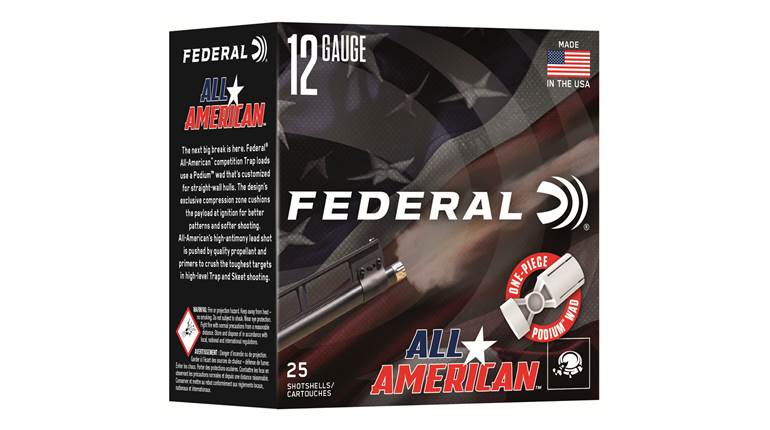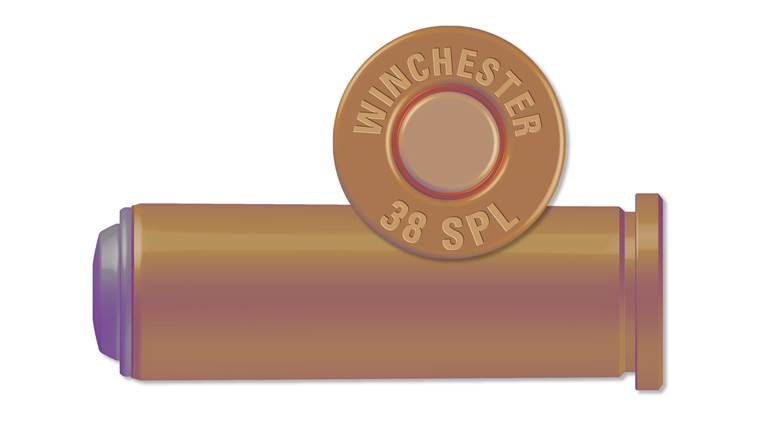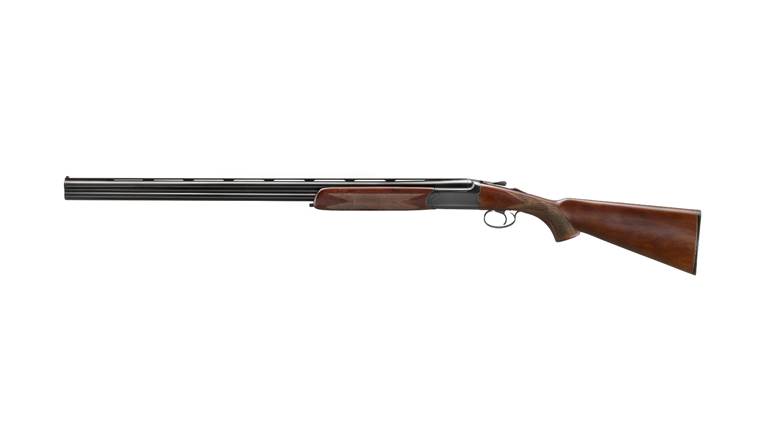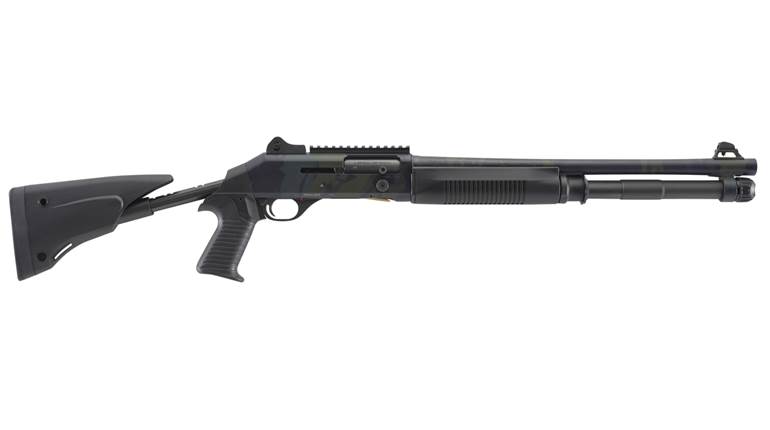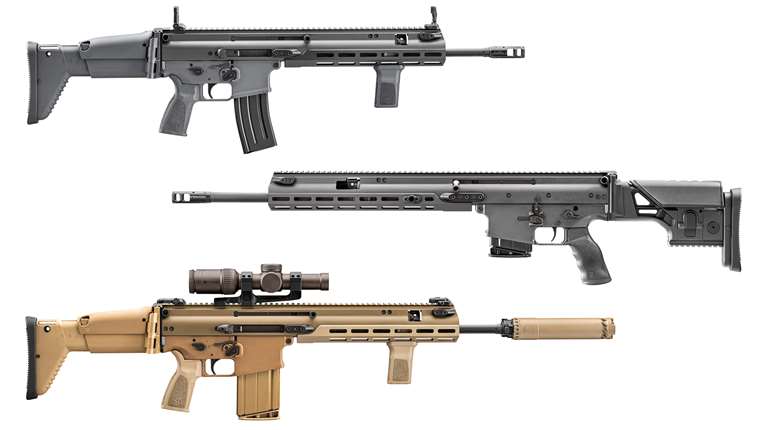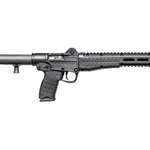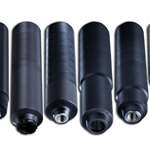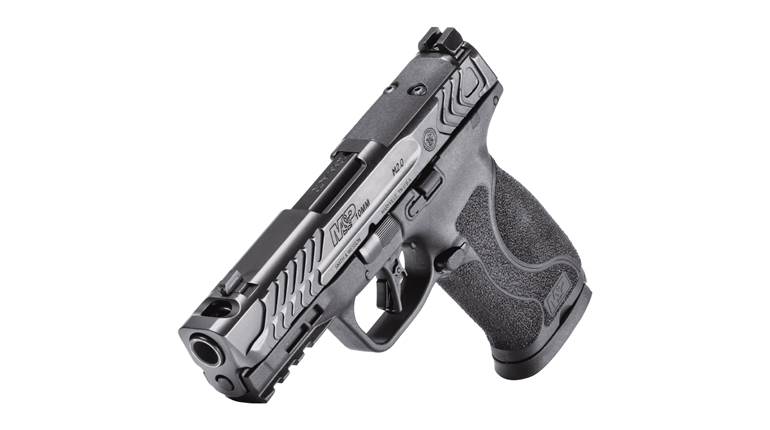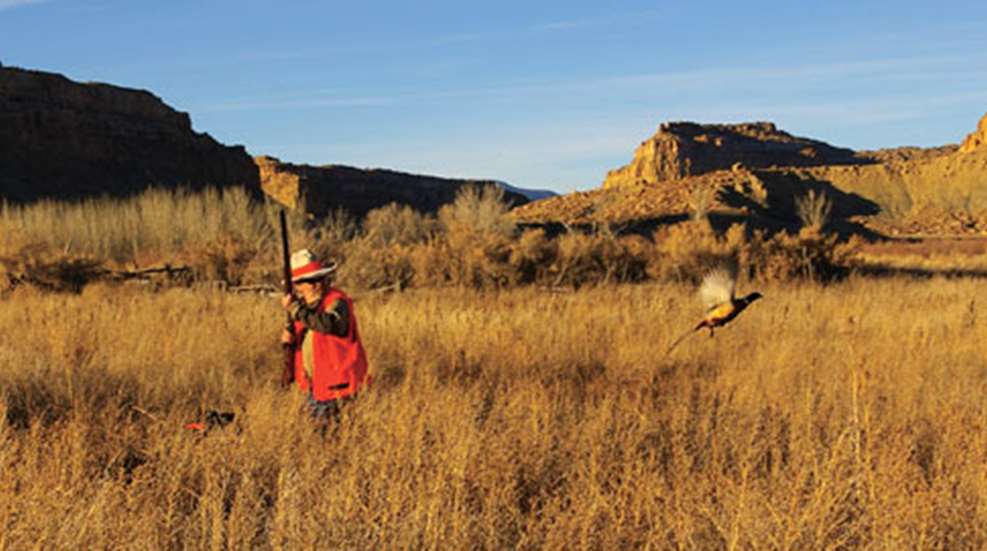
Recently I went shopping for pheasant loads and came home with a case of shell shock. A couple boxes of quality 12-gauge hunting loads can, figuratively speaking, cost an arm and a leg. These factory-loaded shotshells are certainly deadly on roosters. Handloaders, though, can duplicate factory shotshell performance and, at the same time, at least save their arms.
But, before the handle on a shotshell reloading press is pulled, some important decisions must be made about pellet size, load weight, velocities and patterns to make proper pheasant loads.
Shot Size
Choosing a pellet size is always a dilemma. Smaller diameter shot provides dense patterns; however, larger shot supplies more punch to ground a tough old rooster beating it across the far edge of a field. When selecting shot size, one must also consider the payload weight necessary to produce effective patterns. The loads in the accompanying table demonstrate that one ounce of No. 7½ shot provided more than enough pellets to cover a 30-inch circle at 40 yards. But even with a muzzle velocity of 1,290 fps, a No. 7½ pellet retains only a smidgen more than one ft.-lb. of energy by the time it has reached that distance. Pellet energy and pattern density, though, are not the only considerations. Think about recoil as well.
My wife’s 20-gauge over-under weighs only 6 pounds, and shooting heavy amounts of shot in the gun plain hurts. But 1-ounce loads are fairly easy on the shoulder. That many No. 6s cover a 30-inch circle at 40 yards, but the same payload of No. 5s results in thin patterns. At greater distances, the No. 6s carry almost twice the energy as No. 7½ shot.
Maintaining pattern density goes a long way toward obtaining the best performance from a load. The best way to do so is using shot with the addition of antimony, which hardens pellets so they are less likely to become misshapen through the forcing cone, traversing the bore and during constriction at the choke. The result is shot that maintain their original shape and fly true. The No. 5, 6 and 7½ shot used in the accompanying loads contained 6 percent antimony, while the No. 4s featured 2 percent antimony. The pellets with 6 percent antimony produced tight “full-choke” patterns, even from a modified choke. The percentage of that No. 4 load’s total pellets in a 30-inch circle was somewhat lower compared to the other shots, especially in its 15-inch-diameter inner circle.
Copper- and nickel-plated shot are not worth the extra cost, which is, at times, double that of high-antimony lead shot. Copper and nickel shot reportedly have a “slippery” surface allowing them to move easier through a shotgun barrel’s forcing cone and choke, which purportedly tightens patterns. But regular shot has a graphite coating that’s just as slippery. Plated shot is also supposedly harder, but much plated shot begins with relatively soft lead pellets and end up no harder than high-antimony shot.
Some say plated shot’s smooth surface also enhances penetration through birds because the pellets don’t ball up in feathers like regular lead shot. But, plain lead pellets penetrate just fine, given they’re carrying enough energy. They’ll even drag the feathers with them as they penetrate. So other than an aversion to plucking embedded pheasant feathers, in my opinion there is little reason to shell out the extra money for plated shot.
Wads
Today’s one-piece plastic wads contribute a great deal to keeping shot flying true. Their flanged bases seal the bore so propellant burns more efficiently and the gases are kept from seeping between the wad and the wall of the bore, fusing lead pellets. The midsection or “crush section” of a wad compresses upon firing and lessens the shock to the pellets. This cushion is lost, though, when a handloader must heavily compress the wad legs so a shot charge will fit in a case. So steer away from loads that recommend high wad seating pressure. The shot cup itself protects lead shot from grating as it travels down the bore.
To show how a shot cup’s petals protect shot, I measured the pattern diameters at 20 yards from two 12-gauge loads that used the same amount of propellant and an ounce of No. 7½ shot. The only difference between the loads was one had the protective petals cut off its Winchester WAA12SL wad while the other load’s wad remained unaltered. The wad with its petals intact fired a pattern 18-inch wide, while the pattern with the petals cut off increased in diameter to 23 inches. Patterns are not linear, so by the time that unprotected shot reached 40 yards, it would have spread all over creation.
Velocity
The trend in pheasant loads is toward ever-higher velocity. But the faster an inefficient projectile is driven, the faster it slows. A lead No. 5 pellet starting out at 1,330 fps retains only about a 65-fps advantage at 40 yards. compared to the same pellet fired 200-fps slower. The higher speed can deform shot in the bore and result in thinner patterns at longer distances, which can be alleviated only by loading high-antimony shot in a shielding wad. That protection worked because the three loads with 11⁄8 ounces of No. 6s at different velocities in the load chart fired similarly tight patterns at 40 yards.
All the shotshells in the load chart placed a relatively high percentage of their payloads in the 15-inch- diameter core of the patterns, and from a modified choke. That indicates the combination of hard shot protected in one-piece wads goes a long way in keeping shot flying straight. With such tight patterns there is little need for a full choke.
With some deliberation, handloaders can assemble pheasant loads with downrange performance equal to, if not better than, those available for purchase. Best of all, by doing so, you’ll save money.












